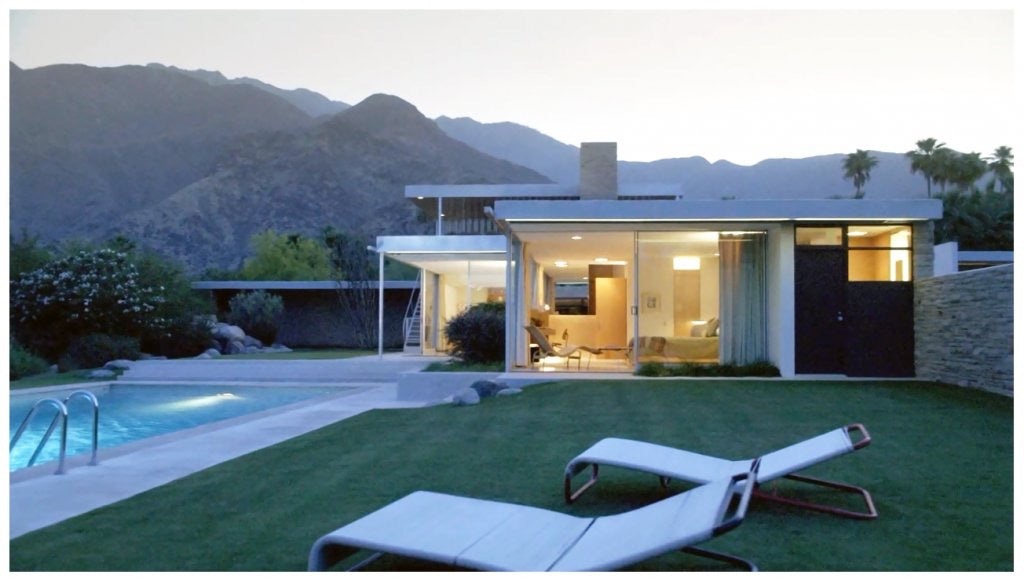
Moroccan Goes Modern: How Moroccan Rugs Transformed Mid-Century Modern Design
Long a favorite of design buffs, Moroccan rugs are enjoying a resurgence in popularity. But their use in modern culture will forever be tied to the movement that introduced and popularized them in the west: 20th century modern design. Architects and interior designers alike—think icons like Mies Van der Roe and Billy Baldwin—heralded these earthy, organic rugs for their simple elegance. Today and during the modernist movement, these rugs were the perfect tool to bridge style, comfort, utility, and ornamentation. Years earlier and worlds away, those who originally made these rugs used them for a remarkably similar dual purpose. Read on to learn more.
Utility Meets Ornamentation
The nomadic Berbers relied on these textiles due to their portability and durability. The uses were vast: as protection from the bitter elements, as shelter, as beds, and of course, for comfort and warmth on the floors and surfaces of their home. Despite their functional status (or perhaps because of it), special care and consideration were given to the construction and design of these carpets.
A Reflection of Eclectic Influences
Morocco’s unique cultural character draws influence from its diverse neighbors. At the crossroads of Africa, Europe, and the Middle East Moroccan culture is full of diverse influences, blended together to produce a new form. This style is expressed most beautifully by the intricate, patterned rugs woven by Morocco’s native Berber (Amazigh) people.
The Modern Movement Begins
Far in time and place from the ancient Berber traditions were the ultra-modern 20th century architects, yet the two creative modes would come together in unlikely harmony. The modern design movement was born after World War II, a departure from traditional styles and an expression of forward thinking, it asked people see the world in a whole new way.
The design and architecture is characterized by sleek lines, flat planes, and often-large walls of windows. Using new technologies and industrial materials, allowed to spaces to open up to the natural environment creating a harmonious relationship between indoors and outdoors.

Kaufmann House, Richard Neutra (Image Courtesy www.archdaily.com)
A Modern Rebirth for Moroccan Rugs
The remarkable beauty of Moroccan-style rugs captured the imagination of modernist and mid-century design icons like Frank Lloyd Wright, Marcel Breuer, Arne Jacobsen, and Charles and Ray Eames. Designers popularized the use of Moroccan rugs, favoring them for their simple colors, geometric patterns, and surprising versatility, the rugs were a perfect complement to the ultra-modern spaces.

Photo courtesy of the Fixer Upper via HGTV
Homage to Tradition
As early as the first half of the twentieth century German-Swiss artist Paul Klee traveled to places where Amazigh artisans were active. The influence of North African craftsmanship and palettes can be seen in Klee’s famous 1924 paintings, Mural and Curtain and also inspired the aesthetic direction of Klee’s Bauhaus weaving workshops.

Moroccan influences can be seen in “The Sublime Image” by Paul Klee.
Defining a New Décor Standard
Iconic modernist architect Le Corbusier, and founding member of the International Congress on Modern Architecture, famously said, “the house is a machine for living.” The lines of Le Corbusier’s purist architecture emphasized function, and interiors were beautifully softened using Moroccan rugs, creating an interplay of geometry and form, an approach to decorating that still resonates.

Still a Favorite Today
The remarkable history, stylistic diversity, and versatility of Moroccan rugs add to their appeal and value. From early utilitarian function to their importance in mid-century modern design, Moroccan rugs have a timelessness few other décor elements can claim.
And just like those mid-century design greats, many of today’s top stylists still use Moroccan rugs in their contemporary spaces. The unparalleled beauty of these extraordinary rugs offer a uniquely timeless way to enrich and complement your space.

Shop the collection now to experience the power of a Moroccan rug for yourself.
